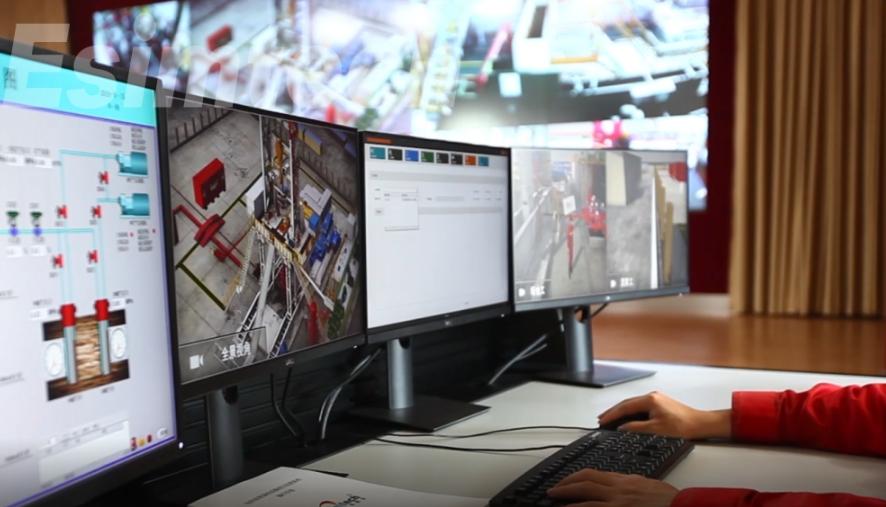Bringing Safety to Life: How Animation is Revolutionizing Oil and Gas Training

The oil and gas industry is a complex and often hazardous one, demanding rigorous safety protocols and training for its workforce. Traditionally, training has relied on manuals, lectures, and on-site demonstrations, which can be limited in their ability to effectively convey critical information and capture trainee attention.
However, the rise of animation technology is revolutionizing safety training in the oil and gas sector. Animation offers a unique and engaging way to visualize complex processes, procedures, and potential hazards, leading to a more comprehensive and impactful learning experience.
Here's how animation is breathing life into safety training:
Visualizing the Invisible: Animations can depict intricate processes like well drilling, pipeline maintenance, and emergency response procedures. This allows trainees to see what's happening "behind the scenes," fostering a deeper understanding of the risks involved and the steps required to mitigate them.
Immersive Learning: By bringing procedures to life in a virtual world, animation creates an immersive learning environment. Trainees can virtually experience hazardous situations without any risk, allowing them to practice safe responses and decision-making in a controlled setting.
Engaging and Interactive: Unlike traditional methods, animation can be interactive, allowing trainees to engage with the content and participate in simulations. This active learning approach leads to better knowledge retention and improved problem-solving skills.
Standardization and Consistency: Animations can ensure consistent delivery of safety training across diverse locations and languages. This standardization helps eliminate potential knowledge gaps and ensure all workers receive the same level of critical safety information.
Beyond visualization, animation offers several additional benefits:
Cost-Effectiveness: Animated training materials can be developed and easily distributed, reducing the need for expensive on-site training or travel costs.
Accessibility: Animations can be translated into various languages and equipped with features like closed captions and audio descriptions, making training materials accessible to a wider audience.
Flexibility: Animations can be easily updated to reflect changes in regulations, procedures, or equipment, ensuring training materials remain current and relevant.
The future of safety training in the oil and gas industry is undoubtedly animated. As technology advances, we can expect even more sophisticated and interactive animation experiences, further enhancing worker safety and knowledge through engaging and effective training.
- Art
- Causes
- Crafts
- Dance
- Drinks
- Film
- Fitness
- Food
- Jocuri
- Gardening
- Health
- Home
- Literature
- Music
- Networking
- Alte
- Party
- Religion
- Shopping
- Sports
- Theater
- Wellness
- IT, Cloud, Software and Technology


